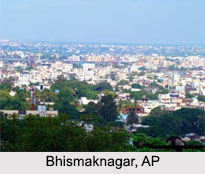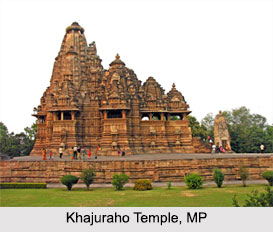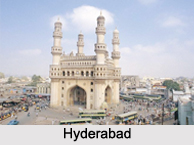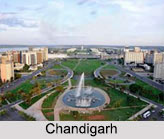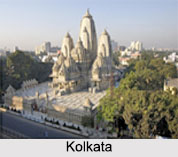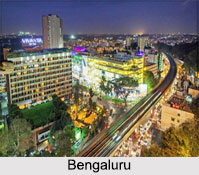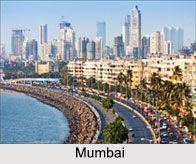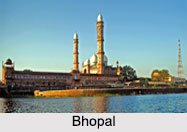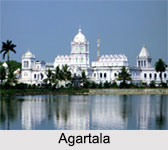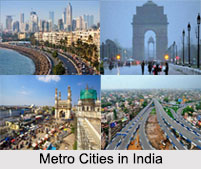Samayanallur (9.9833°N 78.0333°E) is located at a distance of almost 12 kilometres in the city of Madurai in Tamil Nadu. It is a small town positioned on the National Highway 7. Vaigai River is located on the southern side and the Todaneri Lake is located on the northern side of the town. Samayanallur is positioned between a narrow piece of land formed by Rail Track and NH7. On the south side is the river Vaigai and on the north side is Todaneri Lake. Few villages like Sathiya Moorthy Nagar, Todaneri, Kilaamaathur, Kattapuli Nagar, Oormachikulam are located in the vicinity of Samayanallur. Agriculture is the main source of income for the people residing in the town.
Samayanallur is mainly resided by Hindus. Apart from this Christians and Muslims also inhabit the town. Though agriculture is the main source of income many people are also engaged in business or some other work. Recently the government has developed a Theme Park `Adisayam` here. It serves as a recreation spot for tourists visiting the town.
Educational Institutions of Samayanallur
Samayanallur has established many schools and colleges to serve the educational needs of the children. Some of the schools located here are the Government higher secondary School, St. Joseph`s Middle School, Rasi Matriculation School and others. An old Catholic Church has been built within the premises of St. Joseph`s Middle School. Other than these there is a playschool school known as Kids kinder Garden and also two nursery schools. Since 1976 Modern Tutorial Centre, a Tutorial education centre has also been functioning to impart education among poor uneducated people.
Festivals of Samayanallur
Samayanallur celebrates many festivals on a grand scale. The Veeraiah Temple here is dedicated to Lord Veera Bathira Swamy and the kali Amman kovil Samayanallur is dedicated to Patira Kaali Amman. For almost 15 days Samayanallur celebrates the festival of Veeraiah Kovil Thiruvizha with much enthusiasm. The festival is celebrated once in four years and is attended by people from different groups residing in the town. The celebrations concludes with the `Arichandiran Nadagam` and `Valli Thirumana Nadagam`
Samayanallur is well connected with all modes of transport. Tourists visiting the town can avail the busses plying from different places. The nearest railway station is located in Madurai.
